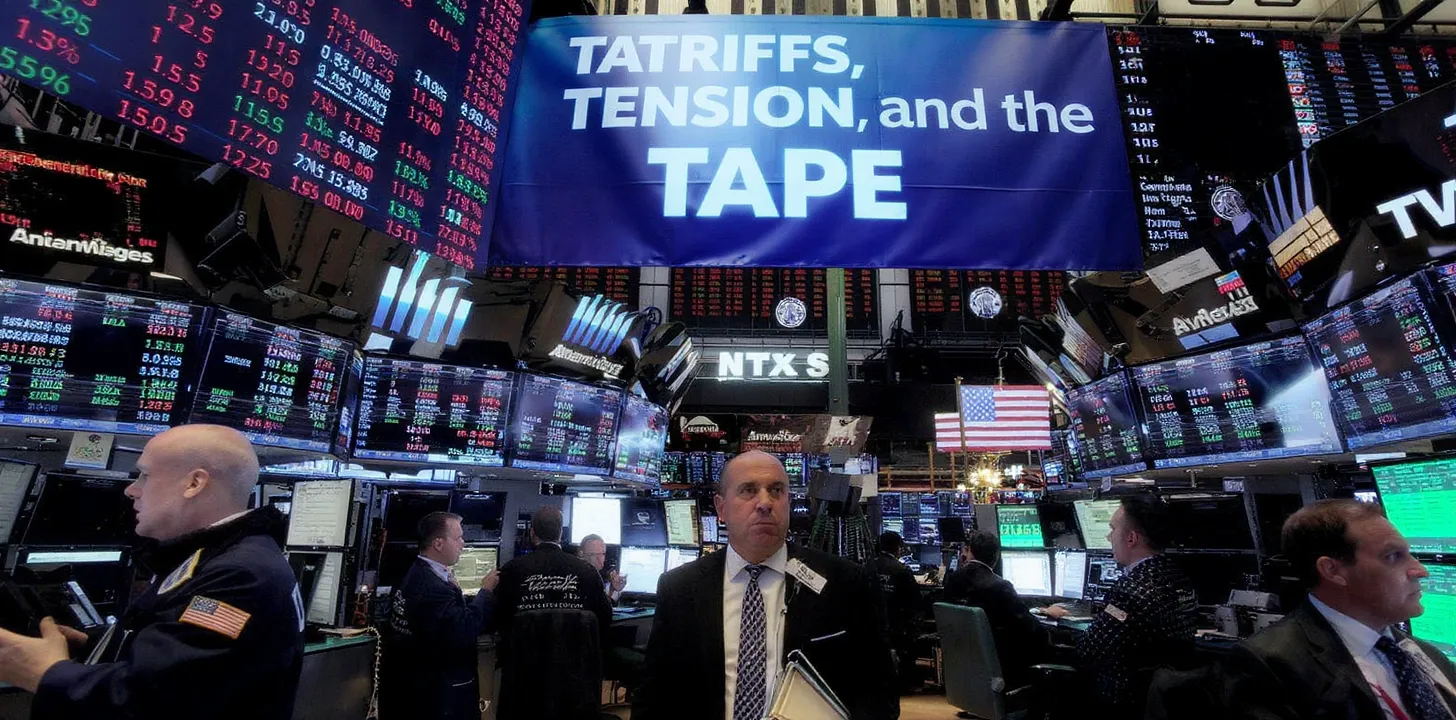Precision Meets Probability: A Systematic Framework for Trading with Fibonacci Levels and the Relative Strength Index (RSI)
1. Executive Overview
Fibonacci ratios reveal the self-similar geometry of price swings, while the Relative Strength Index (RSI) quantifies momentum extremes. Merging these tools transforms isolated signals into a probabilistic framework that respects both structure (price geometry) and force (momentum). This article engineers a step-by-step methodology—from market selection to walk-forward validation—so you can deploy a rules-based strategy built for statistical resilience rather than anecdotal appeal.
2. Conceptual Foundation
- Why Fibonacci? Fibonacci identifies “reaction zones” like 23.6%, 38.2%, 50%, 61.8%, and 78.6%, where supply–demand imbalances often emerge.
- Why RSI? RSI highlights momentum exhaustion and divergence, offering kinetic insight into price strength or weakness.
- Complementarity: Fibonacci shows where; RSI tells how strong. Together, they create a 2D confirmation matrix to reduce noise and false signals.
3. Strategy Architecture
- Assets: FX majors, index futures, mega-cap equities
- Timeframes: 1-hour to daily (avoid low TF due to symmetry distortion)
- Wave ID: Swing high to swing low → apply retracement zones and locate overlap (confluence)
- RSI Tuning: 14-period default; adaptive thresholds based on volatility bands
Entry Logic
| Scenario | Price | RSI | Signal |
|---|---|---|---|
| Long (Mean-Revert) | Touches 61.8% retracement | < 30 + bullish divergence | Buy next bar |
| Short (Mean-Revert) | Touches 38.2–50% | > 70 + bearish divergence | Sell next bar |
| Trend Add-on | Breaks prior high | RSI crosses 50→60 | Add-on long |
Stop/Target Rules
- Stop-loss: 1 ATR beyond 78.6% retracement
- Target: nearest Fib extension (127.2%, 161.8%)
- Time-stop: Exit after 10 bars if no exit triggered
4. Statistical Validation
- Optimization: Grid-search RSI length, ATR multiple, Fib tolerance
- Walk-Forward: 18-month segments rolling by 6 months
- Acceptance Criteria: CAR/MaxDD > 1.2 in ≥ 70% of OOS runs
- Monte Carlo: 1,000× path shuffle—5th percentile must stay profitable
5. Portfolio Integration
- ATR-based sizing: 0.5% equity per trade
- Correlation overlay: Cap GBP/USD & EUR/USD simultaneous signals
- Volatility regime filter: Skip trades when realized vol compresses < 50% 1y median
6. Optional Enhancements
- Dynamic Fib anchors (Auto-Fib / fractals)
- Kalman-smoothed RSI
- ML classifier (gradient boosting) with inputs: Fib touch + RSI + slope + divergence sign
7. Conclusion
This hybrid framework blends structure (Fibonacci) with energy (RSI) into a robust playbook for discretionary or semi-automated execution. Rigorously validated, statistically grounded, and forward-looking—it aims not to predict price, but to define asymmetric risk–reward and execute with conviction.



